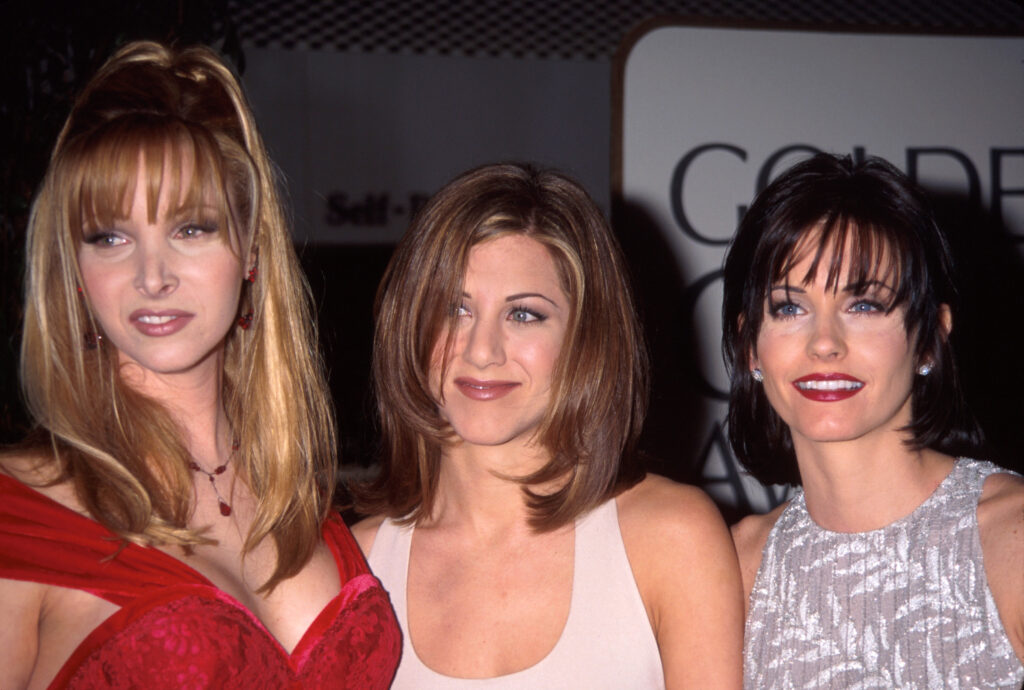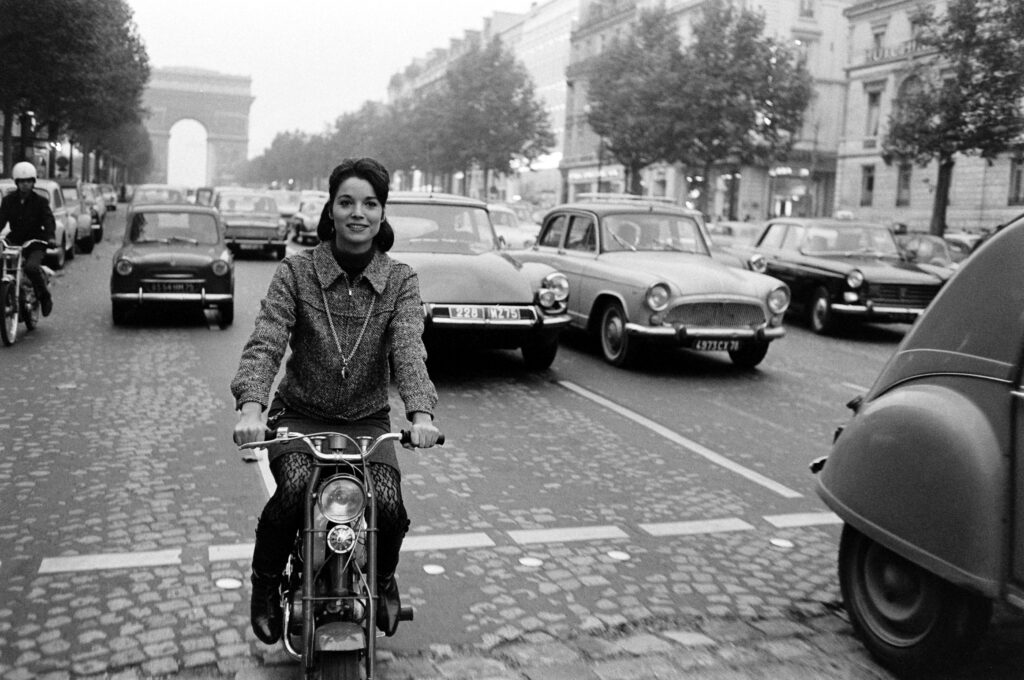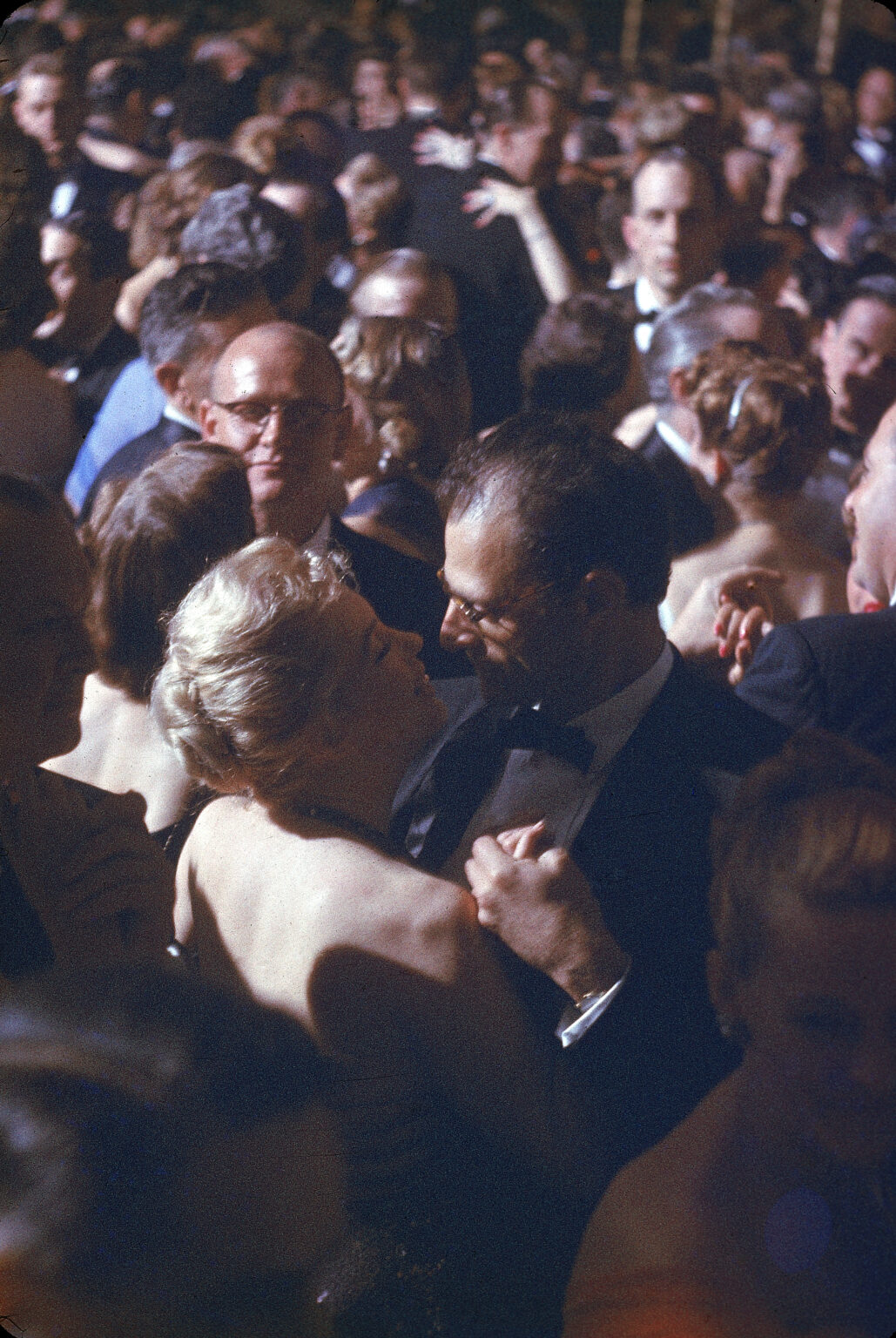In 1942, the idea of women in the military was brand new. The Women’s Army Auxiliary Corps was founded in May of that year, and the women who first served in the corps were instantly pegged with the now-famous collective moniker, WAACs. (Soon renamed the Woman’s Army Corps, or WAC, it was an official branch of the U.S. Army from 1943-1978.) More than 150,000 American women served in the corps during World War II, and did their jobs so well, and so uncomplainingly, that no less an authority on proper soldiering than Gen. Douglas MacArthur reportedly characterized the WACs as “my best soldiers.”
The role that these women had in the military was limited. As LIFE noted in its Sept. 7 1942 issue, a story on this new phenomenon, ‘The idea behind the Women’s Army Auxiliary Corps is simply this: Women can do some of the jobs that men are doing in the Army. By taking over these jobs, they can release men for active or combat duty.”
LIFE described the scene at one of the training centers for this new kind of soldier:
The WAACs who arrived at Fort Des Moines at the end of July were met by Oveta Culp Hobby, a svelte and definite Texas lady who is director of all WAACs. Director Hobby said very simply: “You have taken off silk and put on khaki. You have a debt to democracy and a date with destiny. You may be called upon to give your lives.”
Thought old Army men harumph at the sight of girls trying to act like soldiers, all WAACs get a thorough grounding in basic infantry drill. They have to live with the Army and know its ways. They also have to know how to work in groups, to take and give commands. … Except for the fact that they get no training in forearms and tactics, WAACs are like any other soldiers. Once they enlist, they are in the Army for the duration.
It should be noted that women had been serving as army nurses going back to the Revolutionary War. The creation of the WAAC was but one step on a long march toward expanding roles for women in the military. Today roughly one in every seven soldiers in the U.S. military is a woman.
Liz Ronk edited this gallery for LIFE.com. Follow her on Twitter @lizabethronk.

Female soldiers in their first gas-mask drill, Fort Des Moines, Iowa, June 1942.
Marie Hansen/Life Pictures/Shutterstock

Women’s Army Auxiliary Corps, Iowa, 1942.
Marie Hansen/Life Pictures/Shutterstock

Women’s Army Auxiliary Corps members trained with gas masks.
Marie Hansen/Life Pictures/Shutterstock

Women’s Army Auxiliary Corps, Iowa, 1942.
Marie Hansen/Life Pictures/Shutterstock

Women’s Army Auxiliary Corps, Iowa, 1942.
Marie Hansen/Life Pictures/Shutterstock

Women’s Army Auxiliary Corps, Iowa, 1942.
Marie Hansen/Life Pictures/Shutterstock

At assembly, a regimental commander inspected the women to see that their hair was above collar and their stocking seams were straight.
Marie Hansen/Life Pictures/Shutterstock

Women’s Army Auxiliary Corps, Iowa, 1942.
Marie Hansen/Life Pictures/Shutterstock

Women’s Army Auxiliary Corps, Iowa, 1942.
Marie Hansen/Life Pictures/Shutterstock

The WAACs received the same inoculations against typhoid fever, tetanus, and smallpox that were given to all soldiers.
Marie Hansen/Life Pictures/Shutterstock

Mary Yates, 26, was the wife of a coast artillery captain who was sent to the Philippines.
Marie Hansen/Life Pictures/Shutterstock

Julie Getas, 25, had worked for the Walgreen drugstores in San Francisco.
Marie Hansen/Life Pictures/Shutterstock

“Ruby Braun had worked for a cosmetics company as supervisor of sales in the Los Angeles area before she enlisted in the WAACs.
Marie Hansen/Life Pictures/Shutterstock

Lorna V. Kubli, 28, was working as an office manager in the War Department when she joined the WAACs; she was glad of the chance to get out from behind the desk.
Marie Hansen/Life Pictures/Shutterstock

The proper length for hair was two inches above the collar.
Marie Hansen/Life Pictures/Shutterstock

Women’s Army Auxiliary Corps, Iowa, 1942.
Marie Hansen/Life Pictures/Shutterstock

Women’s Army Auxiliary Corps, Iowa, 1942.
Marie Hansen/Life Pictures/Shutterstock

WAACs washed their own undergarments and stockings, but the heavy clothing was sent out to commercial laundries in Des Moines.
Marie Hansen/Life Pictures/Shutterstock

The WAACs were supposed to walk with the regulation 30-inch Army stride. Sidewalks were measured off so that WAACs could practice between classes.
Marie Hansen/Life Pictures/Shutterstock

Women’s Army Auxiliary Corps, Iowa, 1942.
Marie Hansen/Life Pictures/Shutterstock

Women’s Army Auxiliary Corps, Iowa, 1942.
Marie Hansen/Life Pictures/Shutterstock

WAACs, 1942
Marie Hansen Time & Life Pictures/Shutterstock

The WAACs’ calisthenics routines were designed for flexibility and endurance rather than bulging muscles.
Marie Hansen/Life Pictures/Shutterstock

Softball was the main group sport for these WAACs’.
Marie Hansen/Life Pictures/Shutterstock

Women’s Army Auxiliary Corps, Iowa, 1942.
Marie Hansen/Life Pictures/Shutterstock

Women’s Army Auxiliary Corps, Iowa, 1942.
Marie Hansen/Life Pictures/Shutterstock

Women’s Army Auxiliary Corps, Iowa, 1942.
Marie Hansen/Life Pictures/Shutterstock

This candidate aimed to do recruiting work after graduation.
Marie Hansen/Life Pictures/Shutterstock

With military snap, WAACs walked through the post saluting passing officers.
Marie Hansen/Life Pictures/Shutterstock




































































































































